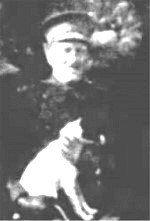|
Mar 30, 1884
|
Born in Orland, Ontario to
Joseph and Mary (nee Wright) Sauva
|
|
Dec 26, 1914
|
Shown on the payroll of the 40th
Northumberland Regiment’s 3rd Contingent CEF
|
|
Feb 17, 1915
|
Attested into the 39th
Battalion CEF in Cobourg, Ontario
Ø Rank Captain
Ø Next of kin given
as Mrs. Joseph Sauva, mother, Hilton, Ontario
Ø Previous occupation
given as Farmer
Ø Previous military
experience given as 40th Northumberland Regiment
Ø Religion given as
Church of England
|
|
Feb 6, 1916
|
Officer’s Declaration on enlistment into the 59th
Battalion CEF in Brockville, Ontario
Ø Rank Captain
Ø Next of kin given as Mary Sauva, mother, Hilton,
Ontario
Ø Previous occupation given as Farmer
Ø Previous military experience given as 13 years in
the 40th Northumberland Regiment and 6 months in the 39th
Battalion CEF
Ø Religion given as Anglican
Ø Posted to “B” Company
The battalion trained in the Kingston,
Ontario area
|
|
Apr 1, 1916
|
Embarked the SS Olympic in
Halifax, Nova Scotia
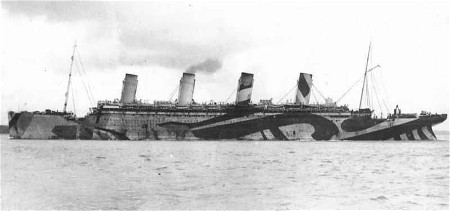
|
|
Apr 11, 1916
|
Disembarked in Liverpool,
England and proceeded to the Bordon Camp
|
|
Apr 22, 1916
|
Promoted to the rank of Major
effective March 28, 1916
|
|
May 8, 1916
|
Attended the Musketry Course
in Risborough
|
|
May 15, 1916
|
Rejoined the battalion from
course
|
|
Jun 19, 1916
|
Attended the Officer’s Course
at the CMS (Canadian Military School) in Croborough
|
|
Jul 6, 1916
|
Attached to the 39th
Reserve Battalion
|
|
Aug 2, 1916
|
Transferred to the 21st
Battalion
|
|
Aug 3, 1916
|
Arrived at the CBD (Canadian
Base Depot) in the Rouelles Camp, Havre, France and Taken On Strength of the
21st Battalion
|
|
Aug 6, 1916
|
After leaving the base depot,
Major Sauva joined the 21st Battalion resting in the Chippawa Camp
near La Clytte, Belgium
|
|
Sep 11, 1916
|
While in the support trench
east of Albert, France, the 21st Battalion came under an artillery
barrage. No casualties were recorded
in the war diary, however 1 officer is noted as being wounded the following
day
|
|
Oct 2, 1916
|
Admitted to the No. 49 CCS
(Casualty Clearing Station) with a fractured right foot. He reported that he had been knocked over
by the explosion of an enemy shell about 3 weeks previously and did not
realize the extent of his injury until it became too painful to carry on
|
|
Oct 7, 1916
|
Transferred to the No. 8
General Hospital in Rouen, France
|
|
Oct 9, 1916
|
Invalided to England aboard
the Hospital Ship Maheno
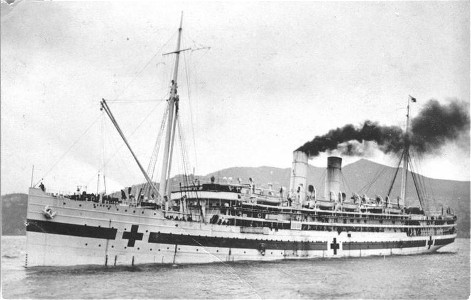
On arrival in England, he was
admitted to the London Hospital, Whitechapel Road
Transferred to the CTD
(Canadian Training Depot) for pay purposes while in hospital
|
|
Oct 19, 1916
|
Discharged from hospital and
reported to the Canadian Training Depot
|
|
Nov 17, 1916
|
Attached to the 1st
Casualty Training Battalion in Hastings
|
|
Dec 9, 1916
|
Transferred to the Permanent
Cadre of the 1st Casualty Training Battalion in Hastings
|
|
Feb 19, 1917
|
Transferred to the 2nd
CCD (Canadian Command Depot) in Hastings
|
|
May 21, 1917
|
Transferred to the EORD
(Eastern Ontario Regimental Depot) and attached to the 2nd
Canadian Command Depot) in Hastings
|
|
Jun 9, 1917
|
Attached to the 3rd
Canadian Command Depot for duty
|
|
Jun 15, 1917
|
Transferred to the 3rd
Canadian Command Depot
|
|
Aug 6, 1917
|
Transferred to the 6th
Reserve Battalion in Seaford
|
|
Oct 15, 1917
|
Attached to OMFC (Overseas
Military Force of Canada) Headquarters in Argyle House, London pending return
to Canada
|
|
Apr 29, 1918
|
Taken On Strength of the 3rd
Battalion Garrison Regiment in Kingston, Ontario (previously known as the No.
3 Special Service Company)
|
|
Dec 16, 1918
|
Discharged from the CEF in
Kingston, Ontario
Ø Rank on discharge
Major
Ø Entitled to War
Service Badge Class “A”
Ø Proposed residence
on discharge Hilton, Ontario
Following his discharge, the
British War Medal and Victory Medals were sent to him at Hilton, Ontario
Awarded the Colonial Auxiliary
Forces Officers’ Decoration -VD in 1923 while serving with the Northumberland
Regiment with the rank of Lieutenant Colonel
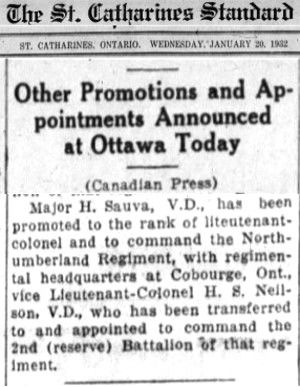
|
|
May 21, 1953
|
Harold Sauva died at home and
was buried in the McPhail’s Cemetery, Brighton, Ontario
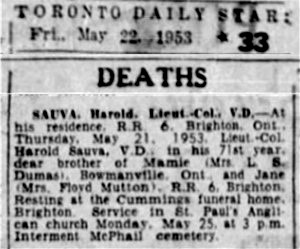
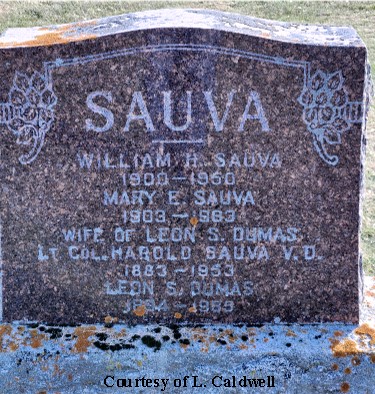
|
|
